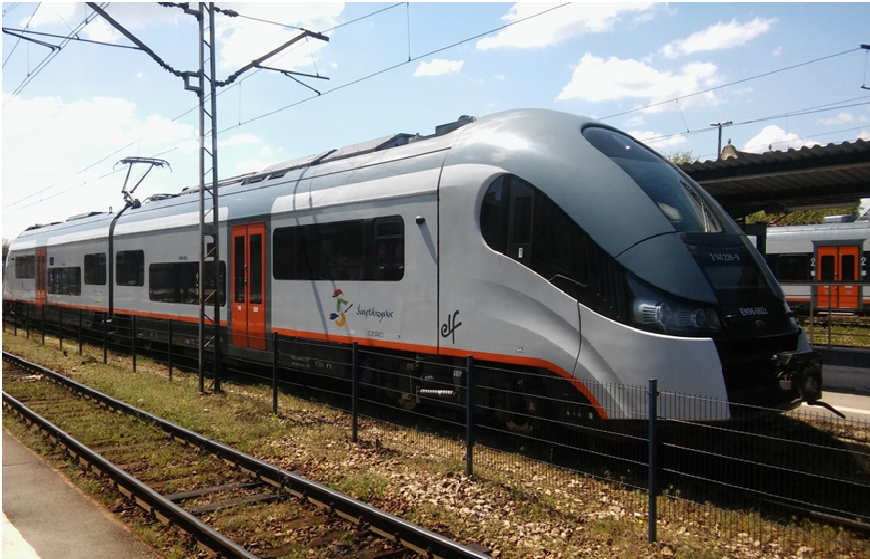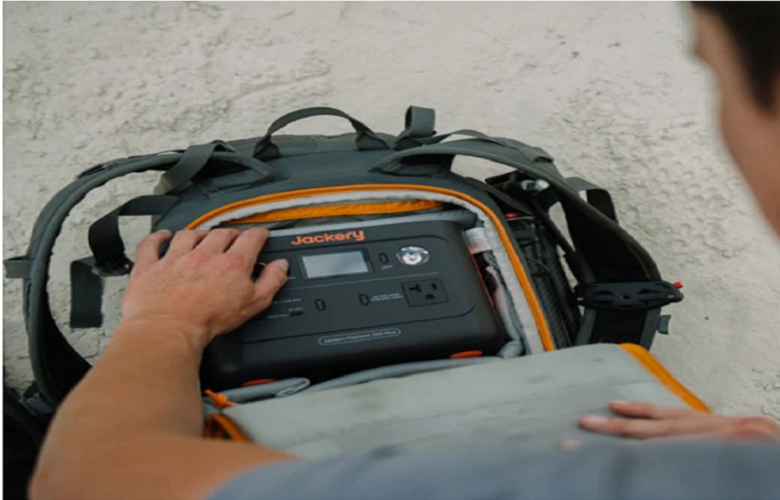When considering the factors that influence the safety, efficiency and profitability of rail transport – whether for freight or for passenger trains, one of the most important elements is the effective management of load configuration and balancing across the wheels, axles and bogies of locomotives and wagons.
A correctly balanced rail vehicle will ultimately operate most efficiently and safely, as well minimising wear and tear on the rolling stock therefore reducing maintenance costs and down time and extending the life of the rail vehicle. Additionally, a properly balanced fleet of rolling stock will result in less damage to rail infrastructure, with the rail vehicles distributing load across the lines in accordance with design intent.
When we look at passenger rail, the primary driver is of course passenger safety. Rail is one of the most effective means of affordable mass people transport available, but it is essential, when moving thousands, even tens of thousands of people every day, that the rail service is safe, comfortable and reliable.
With respect to rail freight transport, safety is equally important, both for operators and for the general public.
However, another key consideration for rail freight is the ability to maximise payload. Just like with road freight, excessive or poorly distributed rail freight loads will lead to negative outcomes, including impacting the train’s driving performance, braking and even potentially leading to derailment. If rail vehicles are poorly balanced, the ability to determine accurate and well distributed load spread will be significantly diminished.
In addition to the potential safety issues that can arise, the commercial implications are significant. Maximised payloads lead to better revenue. Optimal weight distribution will improve fuel efficiency and minimise longer term maintenance costs, for both rolling stock and rail infrastructure. It will also assist in ensuring compliance with rail transport safety rules and regulations.
There are a wide variety of weighing and balancing systems available for rail transport that are specifically designed for the rail environment to ensure the safety and productivity of rail operations. However, given the critical importance of getting weighing and balancing right, a key considerationis the accuracy, reliability and industry proven reputation of the system the weighing and balancing solution that you choose.
Trakblaze is Australia’s leading provider of rail transport weighing and balancing solutions. With one of the largest ranges of rail weighing and balancing solutions available to the Australian market, Trakblaze has a reputation for quality, reliable, user friendly and accurate weighing and balancing systems.
Whether for application in fixed workshop locations, mine sites, public rail infrastructure or for mobile solutions, Trakblaze works with rail managers to identify and implement the most suitable and effective weighing and balancing solution for your needs. We cater for both standard and custom-built solutions and pride ourselves on partnering with our clients to deliver weighing and balancing solutions that will keep your business on the rails for the long term.




